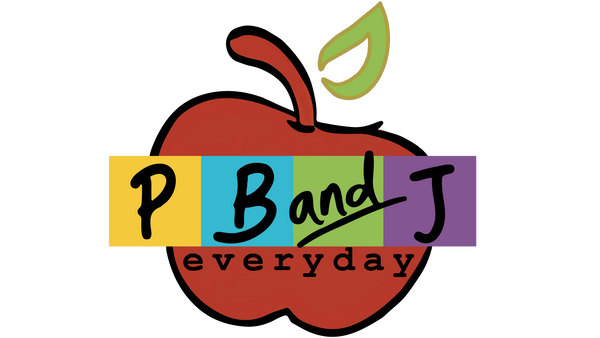What Is the Science of Reading?
Share
What Is the Science of Reading?
Have you heard the buzz phrase in reading education today? “The Science of Reading.” It’s the latest term that’s making waves, but what does it really mean? Let’s break it down.
What Is The Science of Reading?
For many years, researchers have been studying the various components of reading education, particularly how the brain processes reading. Through this extensive research, a body of evidence has emerged, now known as the Science of Reading. Essentially, it’s the science behind how we teach reading effectively.
What makes the Science of Reading revolutionary is that it demonstrates reading isn’t just one skill, but the development of many interrelated skills that must be taught. These skills don’t form naturally without intentional instruction. They need to be nurtured over time to build the neural connections necessary for fluent reading.
How Does the Brain Learn to Read?
The brain is incredibly dynamic, and when a child learns to read, it forms and strengthens neural connections in multiple areas. Reading isn't just a process of recognizing words; it involves multiple brain regions, including those responsible for vision, language, and comprehension.
Through targeted instruction and practice, children develop 5 essential reading skills that build upon each other, making the reading process more efficient and effective over time. These skills are:
- Awareness (auditory and visual)
- Auditory/ Phonological Awareness – This is the ability to hear and manipulate sounds at the level of syllables, rhymes, and individual phonemes (the smallest sound units in language).
- Visual Awareness – Recognizing letters and words visually, as well as understanding how they’re arranged in text.
- Letter Recognition – identifying the symbols in our alphabet by letter name, and connecting each letter to variations (uppercase, lowercase, fonts)
- Phonics – The relationship between letters and their sounds, and how those sounds are blended to form words.
- Context- Using prior knowledge, life experience, and other words or sentences to understand meaning.
- Comprehension – The ability to not only understand the words but also to interpret, analyze, and retain the meaning of the text as a whole.
Each of these intertwined skills plays a crucial role in a child’s ability to read fluently. When taught together, these skills form strong connections in the brain and a foundation for reading success.
A Moment of Validation
When the term “Science of Reading” first emerged, it was a moment of validation for many educators. The research, which had been accumulating for decades, finally provided a clear framework for what many had intuitively known: Reading is not a one-step process. It’s a complex set of interrelated skills that must be taught carefully and explicitly.
For some educators, the Science of Reading felt like the long-awaited confirmation of what they had been practicing in their classrooms for years. However, the challenge now is in taking these scientific principles and translating them into practical educational strategies that work for every student.
Closing the Gap in Reading Education
I’ve been teaching with the principles of the Science of Reading long before it became a hot topic. For me, it always made sense to identify the individual needs of each child and intentionally develop all five reading skills. The emergence of the Science of Reading has been energizing for me, as it validates the approach I’ve used for years. But, there is still a significant gap in reading education that remains unaddressed by the research itself: the gap between curriculum and home.
Parents and caregivers play an essential role in their child’s reading development. Whether they’re working to build a strong foundation for a young reader or providing extra support for a struggling reader, they are vital in the process. Yet, many families are left without clear guidance or practical tools for supporting their children’s reading education at home.
As educators and parents, we all have the same goal: to close this gap. We want to empower families with the knowledge and resources to support their children’s literacy development at home, ensuring they have the skills and confidence they need to thrive in reading.
Empowering Parents to Support Reading Education
This is where we come in. While many schools are beginning to embrace the Science of Reading, it’s just as crucial that we arm parents and caregivers with the tools to reinforce these principles at home. By providing guidance, resources, and activities to help children develop each of the five essential reading skills, we can work together to ensure that every child has the opportunity to succeed.
The Science of Reading isn’t just a theory or educational trend—it’s a roadmap for success. And when we combine the efforts of teachers and families, we can close the gap in reading education and set children on a path to literacy mastery.
Let’s work together to make sure that all children have the foundation they need to read with confidence, understanding, and joy.
